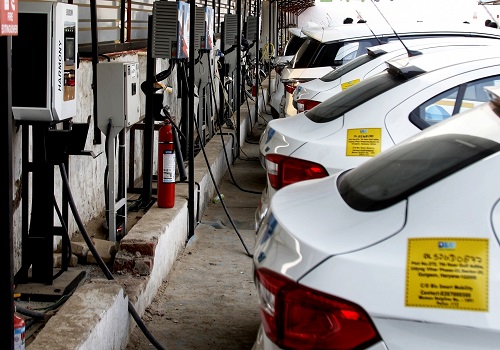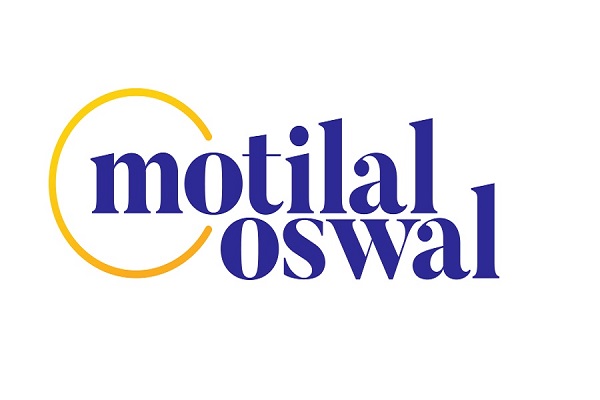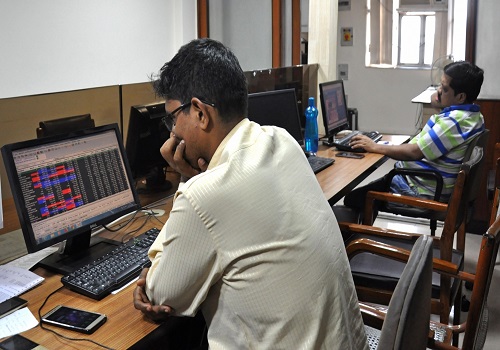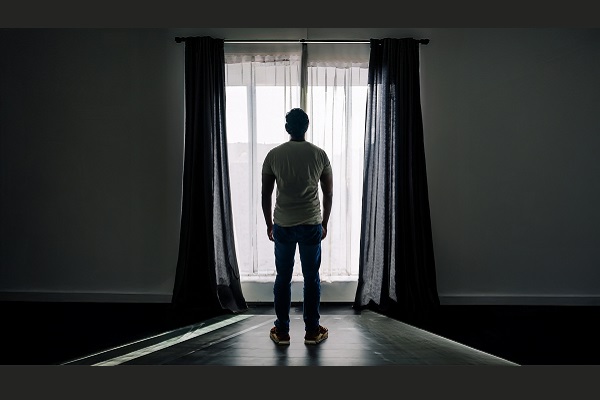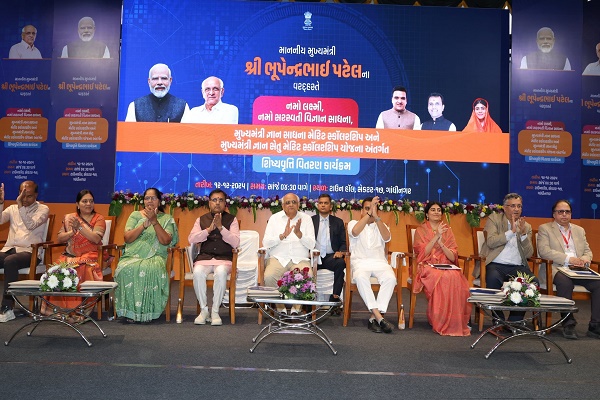``Embracing a Technology Detox: How to Reconnect with Life Beyond the Screen``

Introduction: In today’s digital age, technology is seamlessly integrated into every aspect of our lives. From social media to work emails, we are constantly surrounded by screens. While technology has undoubtedly made our lives more convenient, the overuse of digital devices can have serious consequences on our mental health, productivity, and overall well-being. A technology detox is a deliberate break from excessive screen time to reset, recharge, and reconnect with the world around us. This article will guide you through the concept of a technology detox, its benefits, and practical tips on how to implement it in your daily life.
What is a Technology Detox?
A technology detox refers to a conscious effort to disconnect from the digital world for a specific period of time. This can involve taking a break from social media, reducing screen time on devices like smartphones and laptops, or stepping away from digital entertainment like video games and streaming services. The idea behind this detox is to give your mind and body a much-needed break from the constant stimulation of digital technology.
The growing prevalence of smartphone addiction, social media overwhelm, and the blurred boundaries between work and personal life have made it more important than ever to take regular breaks from technology. A detox helps recalibrate your relationship with tech, reducing the negative effects of digital overexposure.
Why Should You Consider a Technology Detox?
1. Improving Mental Health
Constant exposure to digital devices can lead to increased stress, anxiety, and feelings of overwhelm. Social media, in particular, can negatively impact self-esteem due to unrealistic comparisons with others. A technology detox allows you to step away from these sources of stress and refocus on activities that nourish your mental health.
2. Enhancing Productivity
The temptation to check your phone or browse the internet during work hours can disrupt concentration and productivity. By disconnecting from digital distractions, you can reclaim focus and boost your efficiency, whether you’re working, studying, or engaging in creative pursuits.
3. Strengthening Relationships
Spending too much time on devices can create a barrier between you and the people around you. A technology detox gives you the space to engage meaningfully with your family, friends, and colleagues, fostering deeper connections and improving communication.
4. Improving Sleep Quality
Screen time, especially before bed, has been shown to interfere with the body’s natural sleep cycles. Blue light emitted from screens suppresses melatonin production, making it harder to fall asleep. Taking a break from technology before bedtime can help improve sleep quality and ensure a more restful night.
How to Implement a Technology Detox
1. Set Specific Detox Goals
Start by setting clear goals for your technology detox. Decide on how long you want to stay disconnected—whether it’s for a few hours, an entire weekend, or even a week. Define what areas of your digital life you want to focus on, such as limiting social media use, reducing screen time for entertainment, or cutting back on work emails.
2. Schedule Screen-Free Time
Incorporate designated screen-free hours into your daily routine. For example, you could set a rule to avoid screens for the first hour after waking up and the last hour before bed. You can also schedule ‘tech-free’ weekends where you focus on outdoor activities, reading, or engaging in hobbies that don’t require screens.
3. Use Technology to Help You Detox
Ironically, technology can be used to help with your detox. There are several apps and tools that help monitor screen time or block distracting websites. Apps like Forest, Focus@Will, or Freedom allow you to stay focused and limit screen use, creating a more intentional digital experience.
4. Engage in Non-Digital Activities
Find activities that allow you to unwind without the use of technology. Take a walk, practice mindfulness, engage in creative hobbies like painting or writing, or spend time with loved ones. Engaging in real-world experiences can be incredibly refreshing and allow you to reconnect with yourself and others in a more meaningful way.
5. Take a Social Media Break
Social media is one of the biggest sources of digital overload. Consider taking a break from platforms like Instagram, Twitter, or Facebook. Try deactivating your accounts temporarily or simply turning off push notifications to avoid the constant flow of updates and messages.
6. Set Boundaries for Work-Related Technology
The line between work and personal life is often blurred in our digital world, with emails, Slack messages, and notifications constantly pulling us back into work mode. Establish boundaries by setting specific work hours and turning off work-related notifications outside of those hours.
Tips for Sustaining a Technology Detox
*Start Small: If you’re new to tech detoxing, start with short breaks, gradually extending the duration as you become more comfortable.
*Communicate Your Intentions: Let family, friends, or coworkers know about your detox goals to manage expectations, especially for work-related matters.
*Track Your Progress: Use a journal or app to track how you feel during the detox. Note any changes in mood, productivity, or relationships to measure the benefits.
Conclusion
A technology detox is not about rejecting technology altogether, but rather about finding balance and regaining control of your digital life. By disconnecting from the constant barrage of information, notifications, and distractions, you allow yourself the opportunity to reconnect with your body, mind, and the world around you. Whether it’s through improved mental health, productivity, relationships, or sleep, a technology detox can lead to a more fulfilling and intentional lifestyle. So, give yourself the gift of a break from the screen—you might just be surprised at how much you benefit.


